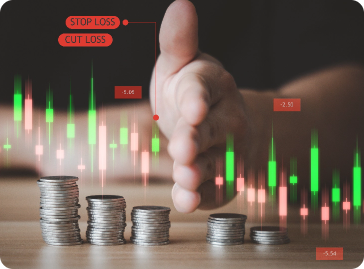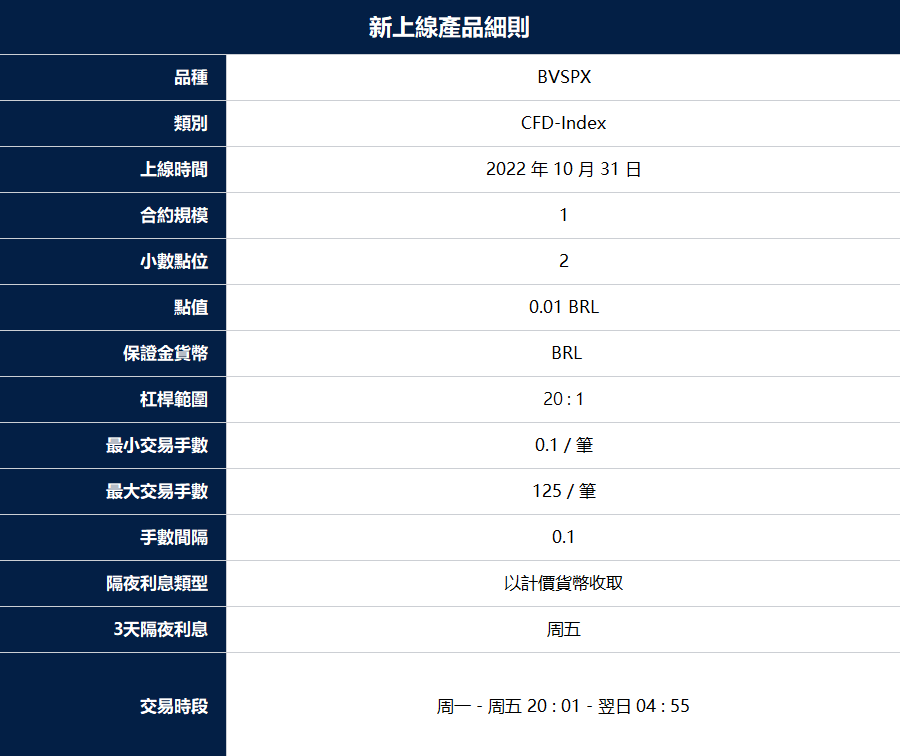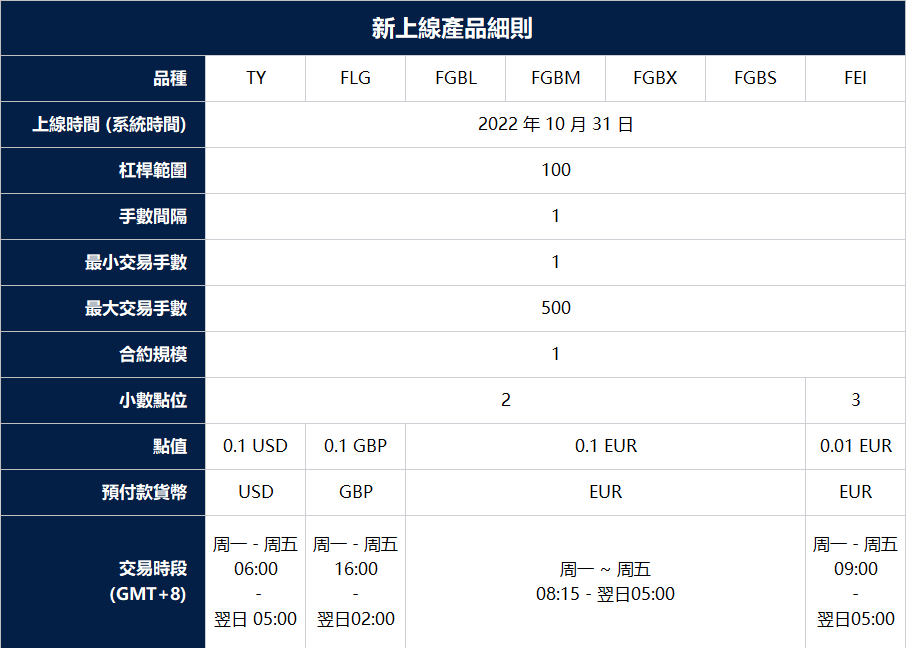Traders often seek indicators to help them determine when they should enter the market. A crucial piece of information for traders is an estimate of how far the market is likely to move before it reaches an area of congestion.
The problem is that many traders spend their time waiting for the market to give them clear direction and hoping that the price will continue. But because there are many opportunities for this “temporary” movement, you will get the best results if you know when the price will stop for a moment—which means you have time to react.
One tool that traders can use to forecast a market’s level of fullness and determine when to sell their positions and buy new ones is called the Oscillator. Oscillators indicate when the market is oversaturated and ready for a reversal. The oscillator shows overbought or oversold levels.
When the oscillator is in the overbought area, it signals that the market is experiencing a surge in demand, and traders should be ready to exit their positions and wait for better moments. When the oscillator is in the oversold area, sellers have become weak, and the downtrend is likely to be oversaturated. This suggests that a bullish reversal might be possible.
However, an oscillator does not always accurately reflect price movement. Traders must be aware that the oscillator reading may be misleading and that a position may have changed even if the oscillator is moving similarly.
In MetaTrader, numerous indicator oscillators are already available for use. The two oscillators that traders frequently use are:
- Relative Strength Index
- Stochastic Oscillator
The Relative Strength Index (RSI) is one of the traders’ most common technical indicators. In 1978, J. Welles Wilder developed the RSI to measure how fast and how much prices change. This indicator also helps traders know when the market is overbought or oversold, so they can buy at low prices and sell at high prices.
RSI: How to Use It
To add RSI to the chart, click Insert>Indicators>Oscillators>Relative Strength Index.
By default, MetaTrader provides you with 14 periods. You can change this setting however you want. Most traders with short-term objectives use the 9-period RSI, while traders with long-term goals prefer the 25-period RSI. The smaller the period, the more fluctuations the indicator will show.
What does the Relative Strength Index mean?
The Relative Strength Index fluctuates between 0 and 100. A middle line at 50 indicates that there is no trend. If the RSI is above 50, momentum is growing, so you should buy. If the RSI is below 50, bearish momentum will increase, so sell your assets before they decrease in value.
The market is either oversold or overbought. Like any other oscillator, the RSI helps traders know when an asset has been overbought or oversold.
When the RSI goes above 70, it indicates that a market is overbought and could go down. When the RSI goes below 30, on the other hand, it shows that a market is oversold and could go back up.
However, this method is not recommended for trading when the Relative Strength Index (RSI) shows a trend toward overbought or oversold conditions. If the market trend is strong and appears to be continuing, it is best to sell even though the RSI is oversold during a downtrend or continue buying when the RSI is overbought.
When the indicator leaves a critical level, the quality of RSI signals usually improves, making them more effective when used in the direction of the trend.
For example, you could buy when the RSI is increasing above 30, and the price is in an uptrend.
Market reversal
When the RSI and the price don’t match up, it can signify that the market is about to change. When the price makes a new high, but the RSI fails to make a corresponding high, this is called a bearish divergence, typically considered a sign of weakness. On the other hand, a bullish divergence forms when the price makes a lower low, but the RSI does not.
Stochastic Oscillator
George C. Lane developed the Stochastic indicator in the late 1950s, and traders use it nowadays. This indicator compares the closing price to past values to measure market momentum. The price will close near the high in a bullish market, and in a bearish market, the low.
The stochastic oscillator can show overbought or oversold market conditions and indicates a trend change as market momentum slows. Indicators can provide trading signals and suggestions.
Stochastic: How to use it.
MetaTrader has a built-in stochastic indicator.
Click Insert>Indicators>Oscillators>Stochastic Oscillator to add it to the chart.
A Stochastic Oscillator can be used on any timeframe and can be customized to suit your individual trading system. Standard values are 5, 3, 3, while other popular parameter variations include 14, 3, 3 and 21, 5, 5.
The 5-day EMA is often referred to as “Fast Stochastic”, as it reacts more quickly with price changes in the market than the slower 14-day EMA (“Slow Stochastic”). Full Stochastic is a hybrid of both EMAs and reacts to changes in both prices and time periods. You can pick the parameters for your own trading system based on your goal.
How does Stochastic Oscillator work?
The stochastic indicator ranges from 0 to 100 in percentage units (%). Two lines represent the indicator:
- the fast line, also known as %K (solid green line)
- the slow line, also known as %D. (dotted red line).
The moving average of %K is the line %D. When the speed changes, these lines meet. When a fast-moving average crosses a slower one from below, it’s a sign to buy. Sell when it crosses a slower one from below.
Like other technical indicators, the Stochastic oscillator does not always provide accurate signals. If you want to improve the accuracy of its signals, there are two options.
Firstly, use the signals made when the crossover happens at the edges (above 80 for a sell signal and below 20 for a buy signal).
One way to trade using an indicator is to look at the longer-term trend on a chart and then trade based on that. For instance, if you are using stochastic on the TF H1 chart and looking at the longer-term trend on the H4 chart. If the uptrend looks strong and you do not want to listen to a sell signal because the price may stay in the overbought area for a long time, pay attention to buy signals that Stochastic gives you, and you may make money from trend trading.
Secondly, pay attention when the oscillator moves away from the price chart. When the price moves up but Stochastic makes a lower high, this is a sell signal (bearish divergence). Conversely, a buy signal shows up when the oscillator doesn’t confirm a new low price.
























